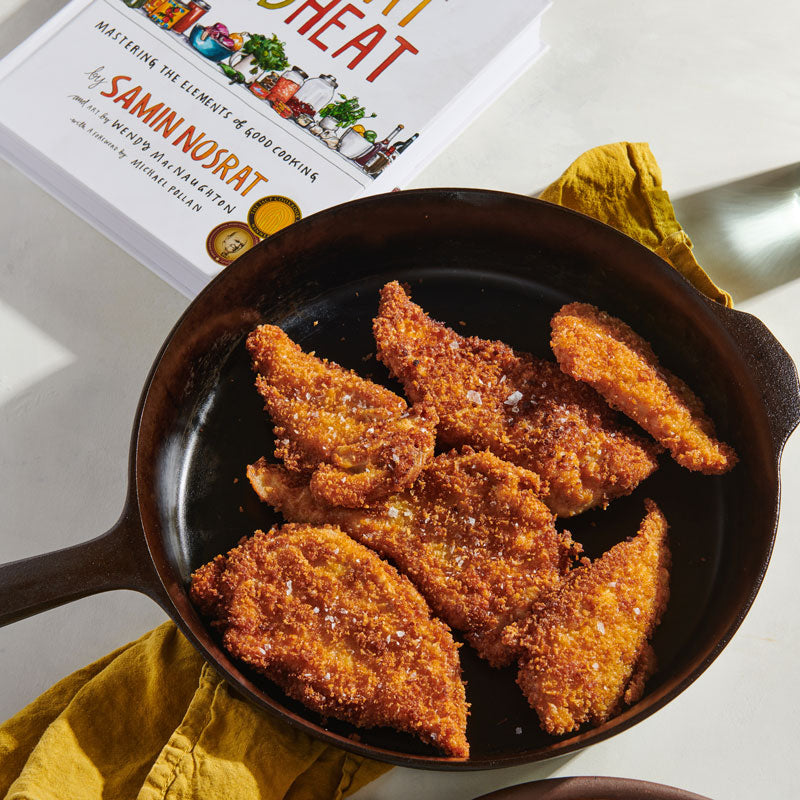What an honor it must be to have one’s name immortalized in a recipe. Some of our most beloved foods are forever linked to their muses: Caesar Cardini, Louis de Béchamel, Sylvester Graham, Alfredo di Lelio, Queen Margherita of Savoy, Luisa Tetrazzini, Ignacio "Nacho" Anaya, General Zuǒ Zōngtáng, Robert H. Cobb, Jerry Garcia.
But our favorite eponymous recipe for cooking in cast iron—pommes Anna—was first created in Paris in the mid-nineteenth century by the chef Adolphe Dugléré. The actual “Anna” who inspired the dish is up for debate; some say it was the actress Anna Marie-Louise Damiens (stage name Anna Judic) while others credit Anna Deslions, a famous demimonde courtesan who frequented Dugléré’s restaurant, Café Anglais.




